What is a Stencil – A Comprehensive Guide!
Hey y’all – it’s Rebecca back with another Comprehensive Guide. We will be exploring this useful art tool for Mixed Media, Altered Art, Junk Journaling, and more. What is a Stencil? Stencils are an amazing tool for decoration and embellishing. I have been using them in my art since the 1970s. As you can see below, I have more than a few. WINK! As an artist/educator, I especially enjoy learning about the features and benefits of our “tools of the trade.” So let’s dive into this Guide!
What is a Stencil
A stencil is a fairly simple tool. It is a template that allows a shape to be easily painted on a surface. The fun thing about them is they allow an exact pattern to be repeated over and over again. It is a handy way of transferring a pattern by brushing, spraying, rolling, airbrushing, or squeegeeing ink or paint through the open areas of the design. They have been used to decorate walls, floors, furniture, and textiles for millennia. Used in artworks around the globe, they are very important elements to art as a whole. The basic method of using them has remained unchanged for centuries.
Today, happily, they are used for fine art, crafts, and mixed media. Fine artists and decorative painters have long known how useful this little tool is. Now mixed media artists, altered artists, collage artists, quilters, as well as cardmakers, scrapbookers, and journalers have all embraced the visual art of stenciling. And they are incorporating stenciling into their work. I am pretty sure you have dabbled in it as well!
Materials & History of Stencils
Throughout history this art tool has been make of paper, tin, leather, and other materials like oiled cardboard to create painted decoration. All of these materials work well, with some better than others. These are almost always opaque. Paper ones eventually disintegrate. Below are some of my Vintage Stencils from my collection. The two sepia toned ones are oiled cardboard. All were hand cut.
In the 20th Century, technology made it possible for stencils to be cut from a light-weight plastic material called Mylar. Mylar is transparent, so it is easier to see how to place the design on your surface. Most of the commercial versions today are cut from 5 mil or 7 mil Mylar. The nicest benefit is that they are reusable! This innovation helped create a resurgence in the love of stenciling. Designers, and new amazing designs, flourished in the last two decades of the 20th century. Here is Mylar version from 7mil material:
Types of Stencils
Options available today are cut, burned, die cut, or purchased pre-made. We might even cut one from The Graphics Fairy’s extensive library of images as you see below to make your own design! Of course you can use your creativity and draw your own design too.
Bridged
The most common form incorporates bridges as part of the design to ensure stability. But that leaves noticeable divisions of the design. You can clearly see the bridged areas in this example:
Theorem or Bridgeless
Theorem or multi-overlay forms were developed in the early 20th Century and produce beautifully innovative designs. These mimicked the look of hand-painting, and were actually mastered in the 1990s. Here is a piece done with a bridgeless stencils.
Metal
There are also metal stencils that were introduced for the scrapbooking and card making artisans to emboss yardstick and paper. They were made for embossing but work well for painting also. Below are some Vintage Metal versions from my collection:
Architect Stencils
Don’t forget about the old architect and office use pre-made stencils. I buy them whenever I see them in thrift stores. There are some great shapes and sizes for every need.
DIY Stencils
Computers and laser cutters made designing these so much easier, and this has opened the door for custom sizing options. Needing a design to be larger or smaller required no more hand cutting. That became automated. And companies began offering custom sizing and designing. But you can also create your own pieces from hand-drawn or The Graphics Fairy designs by cutting them from materials like Mylar, cardstock, file folders (my fave), vinyl (with Cricut or Silhouette), thin sheet of cardboard and even freezer paper. Below is a well loved pear design cut from a file folder:
Lettering and Phrases
Some of the most popular styles at the moment are of phrases, words, or lettering. They are made for signs or the fun chalkboard projects. Here are a few from my stash:
Stencil Companies
There are several Companies producing a wide array of designs. Some of my faves are:
- Plaid, manufactures the Martha Stewart line and the Waverley line plus their own brand.
- Royal Design Studio, have a massive library of single and multi-layer styles for crafting and decorating.
- Stencil Girl – awesome designs designed by many famous artists for crafting.
- Cutting Edge Stencils – a large library of designs for all surfaces.
- The Stencil Library (UK) – Contemporary, Historical, Lettering
- Annie Sloan – versatile collection to complement her Chalk Paint®.
- The Crafters Workshop – great designs for crafting.
- StencilEase – a huge library of designs for any need.
There may be more companies out there who sell them. If I missed your favorite, please let me know in the comments below!
Are Stencils Copyrighted?
Stencil patterns and designs are copyrighted by the original artist. Most companies allow you to create original art with them without infringement issues. Of course, you cannot reproduce the exact pattern or design and sell it. If you have any concerns about your artwork or selling artwork, contact the manufacturer.
How To Stencil
I have a few step-by-step tutorials about stenciling here on The Graphics Fairy, so I won’t go into the process here of putting of the actual stencil technique using a brush or sponge. Check them out: Make Quick Stenciled Greeting Cards and How to Stencil on Velvet with Metallics. Other how tos: Stencil Color Blending Technique and Raised Stencil Texture Technique.
Video Tutorial:
Check out the video below to see a fun project using Stencils with Texture paste!
I hope you had fun exploring our A Comprehensive Guide about What is a stencil with me!! I want you to enjoy creating your own unique and beautiful art with these handy and useful tools! I also create Photoshop Elements tutorials and craft project videos over on The Graphics Fairy Premium Membership site. You can find even more of my books, art, classes, and whimsical shenanigans on RebeccaEParsons.com.

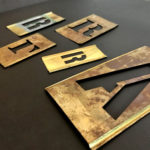
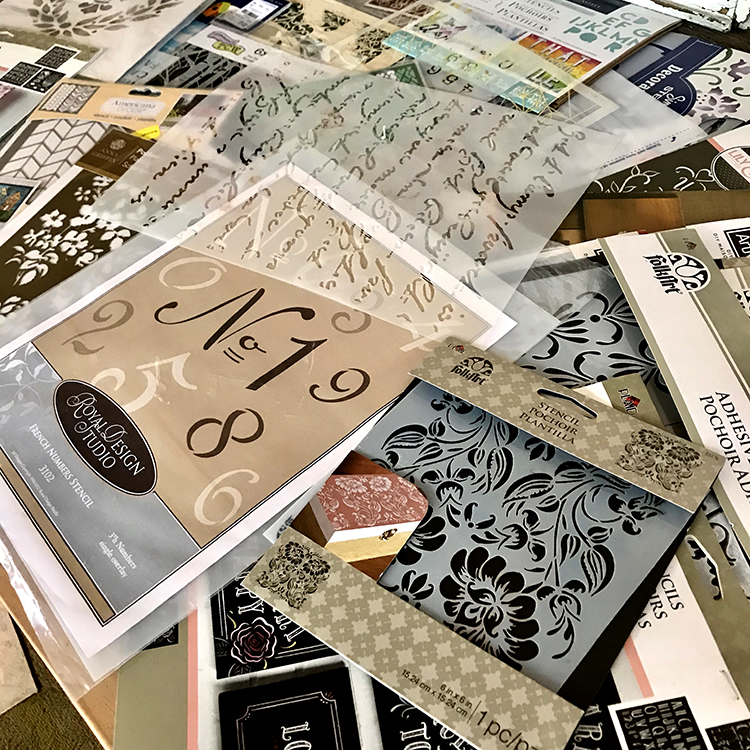
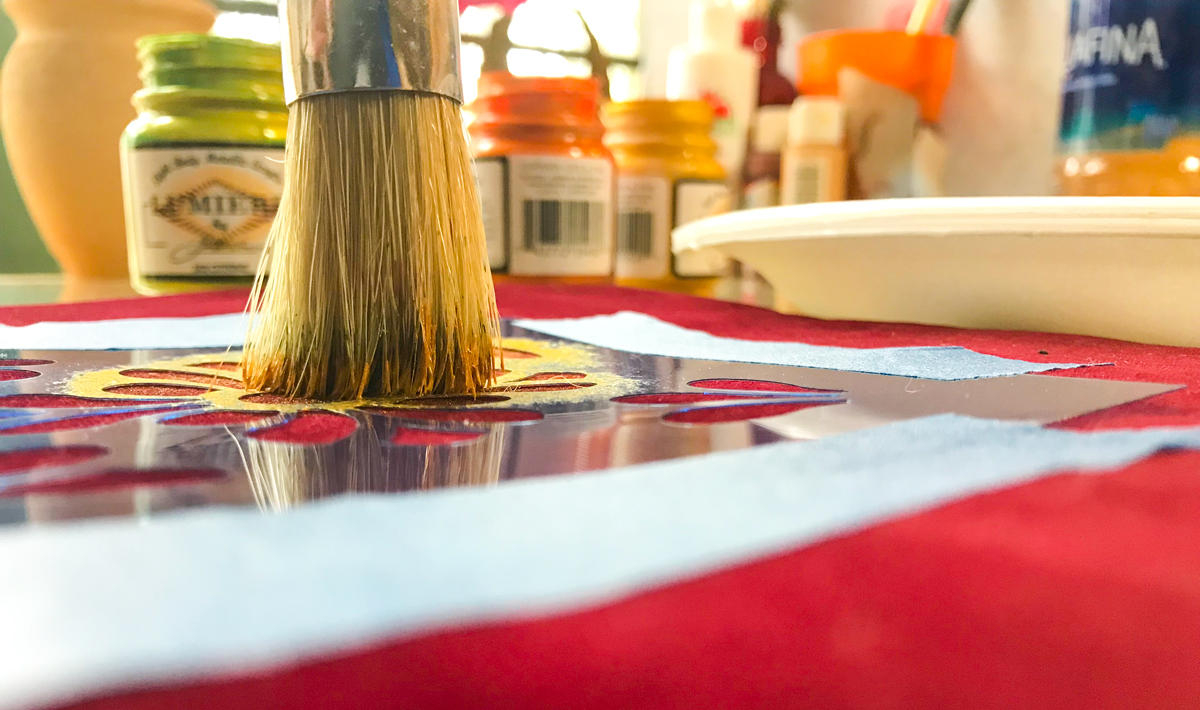
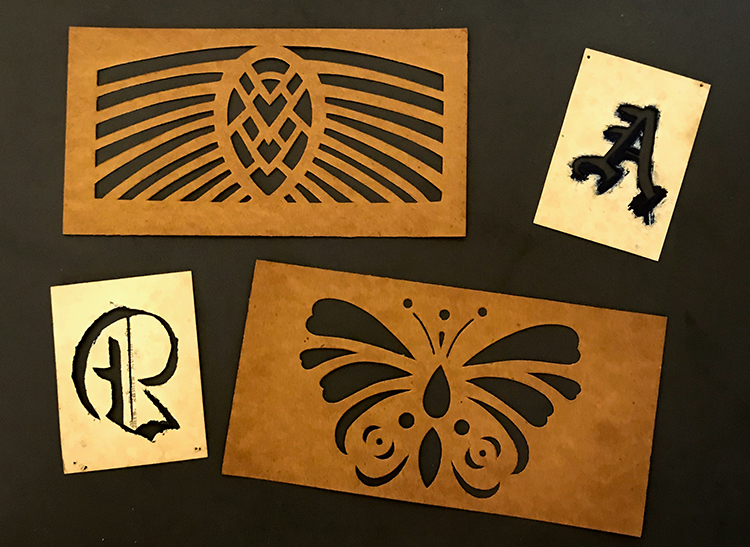
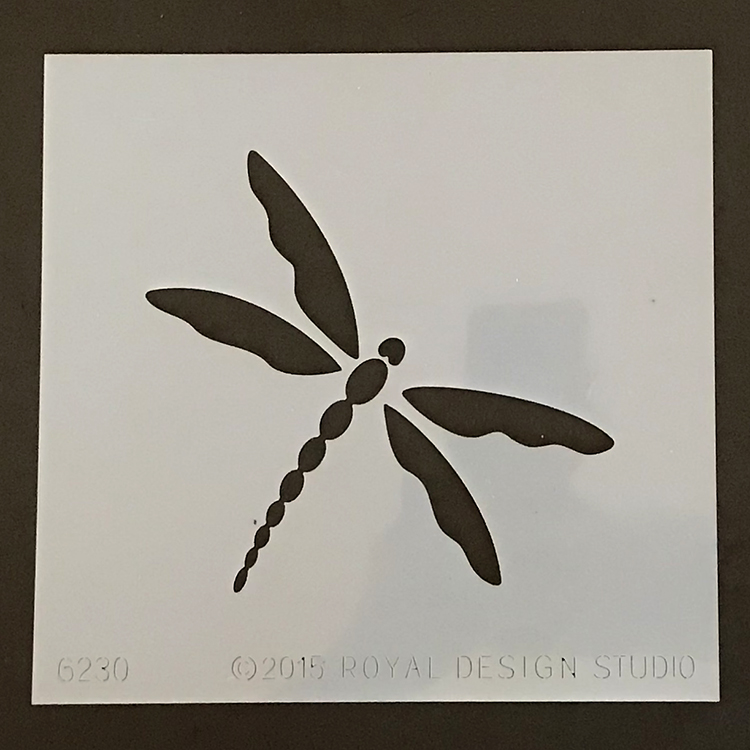
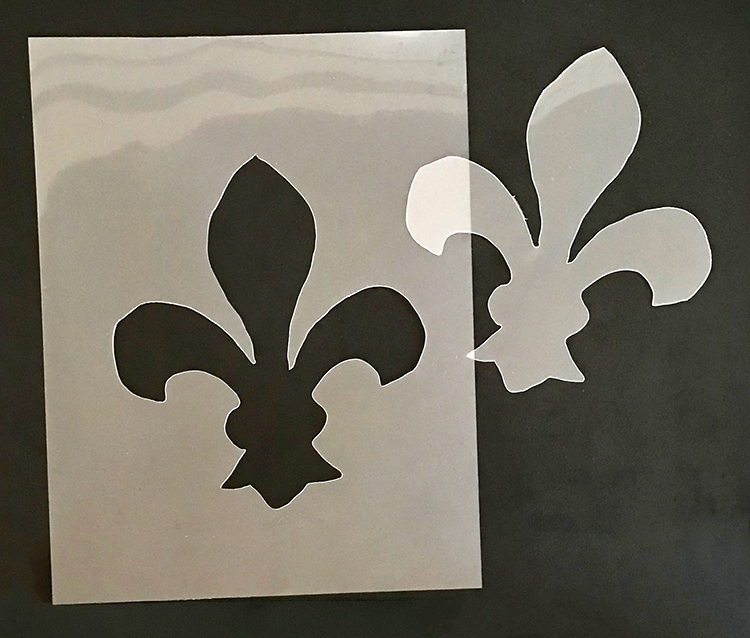
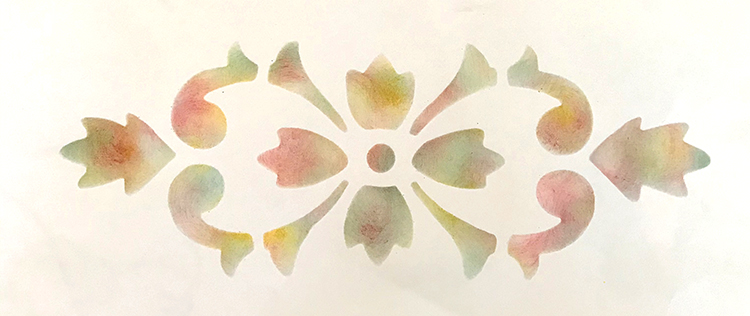
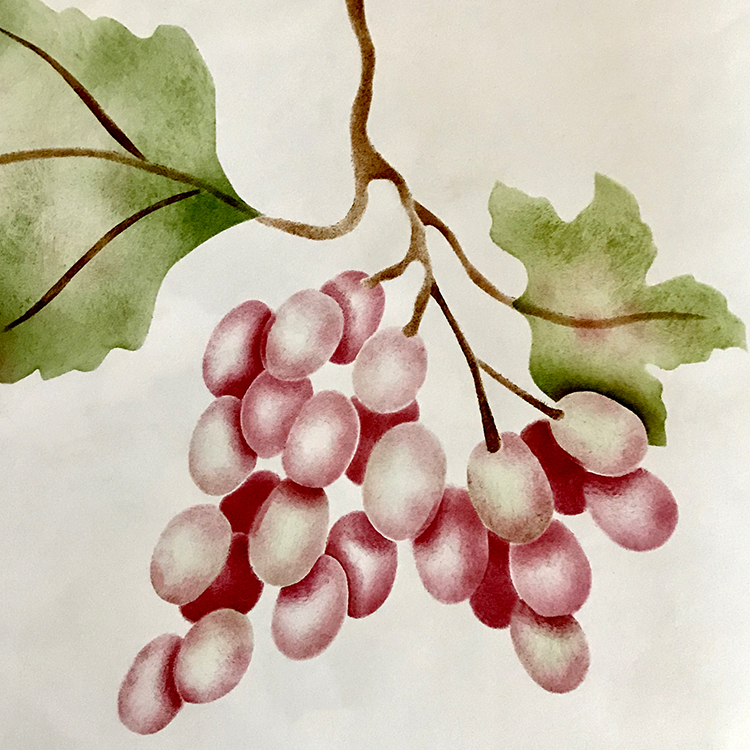

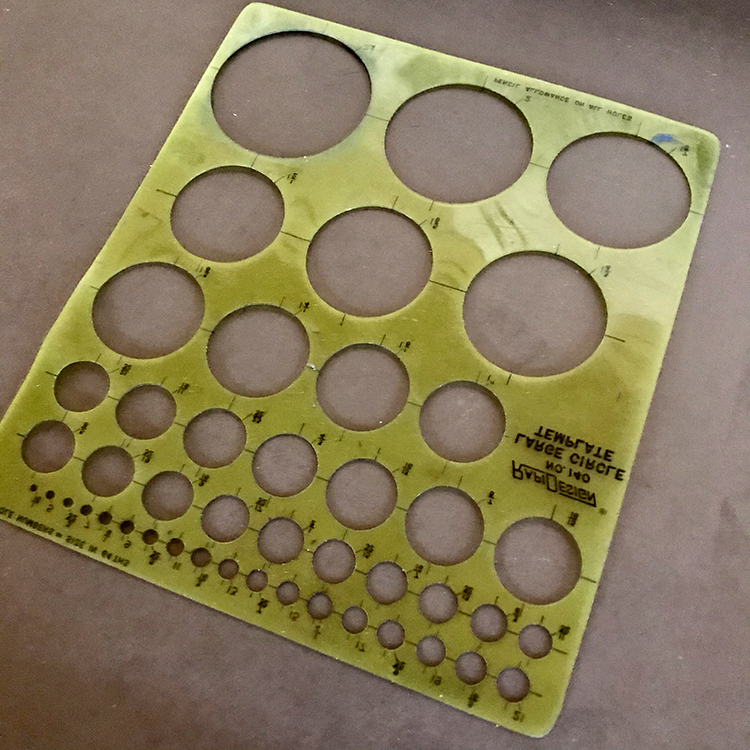
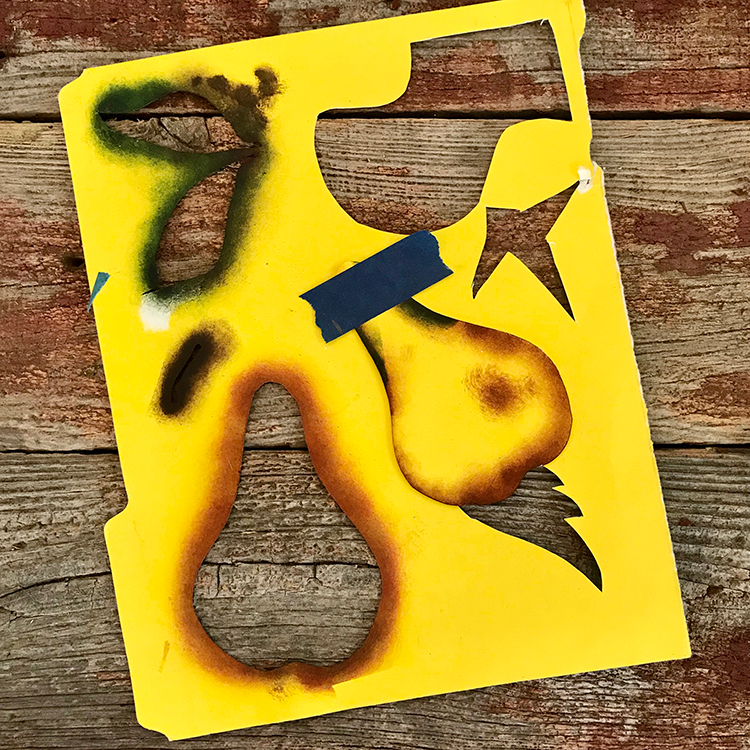
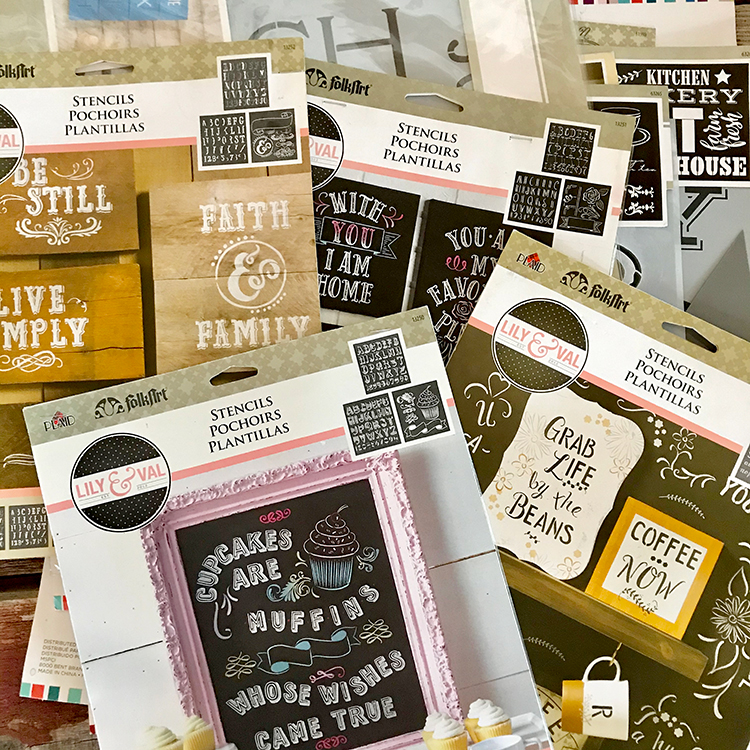
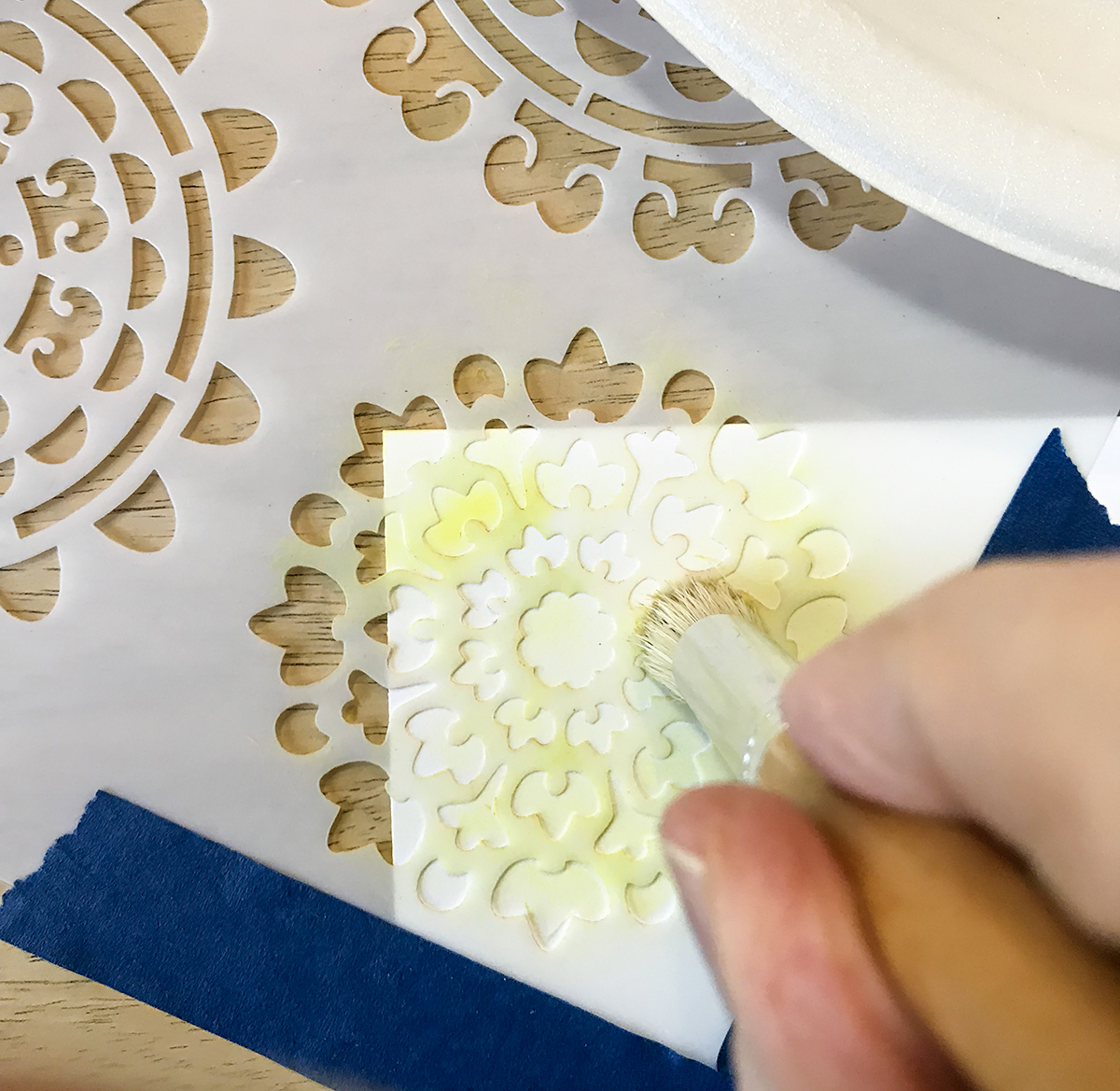
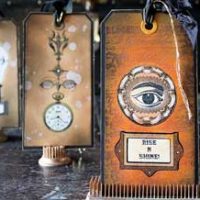
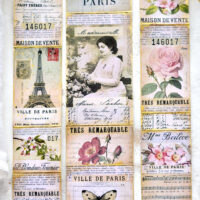
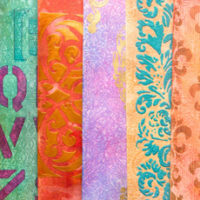




rk says
I love stencils! Despite not being an expert at using my small silhouette studio machine, I was able to make a lot of 6×6 stencils with very intricate designs using stencil blanks bought at Hobby Lobby. I am so proud of them as I didn’t think I could make them so easily. Each pack of blanks (two 9×6 sheets) will make up to FOUR 6×6 stencils. You can make smaller stencils with the left over pieces if you’d like. You could also use transparencies (used in overhead projectors) to make nice stencils. Too thin a blank will not work in my old silhouette at least.
Just thought of sharing this, hope you don’t mind :). Thanks for this great post, I learned some new terms like theorems which I only knew in math context lol.
graphicsfairy says
Good morning Rupa 🙂 Thanks so much for the awesome tips, we love when you and our readers share tips and tricks, so keep them coming!!
Jan Ross says
Excellent information and thanks for the names of additional stencil resources….I love to stencil too! Love your blog, and thank you for your great job of sharing your passion with your readers.
graphicsfairy says
Thank you so much Jan, you are so sweet! Have fun 🙂